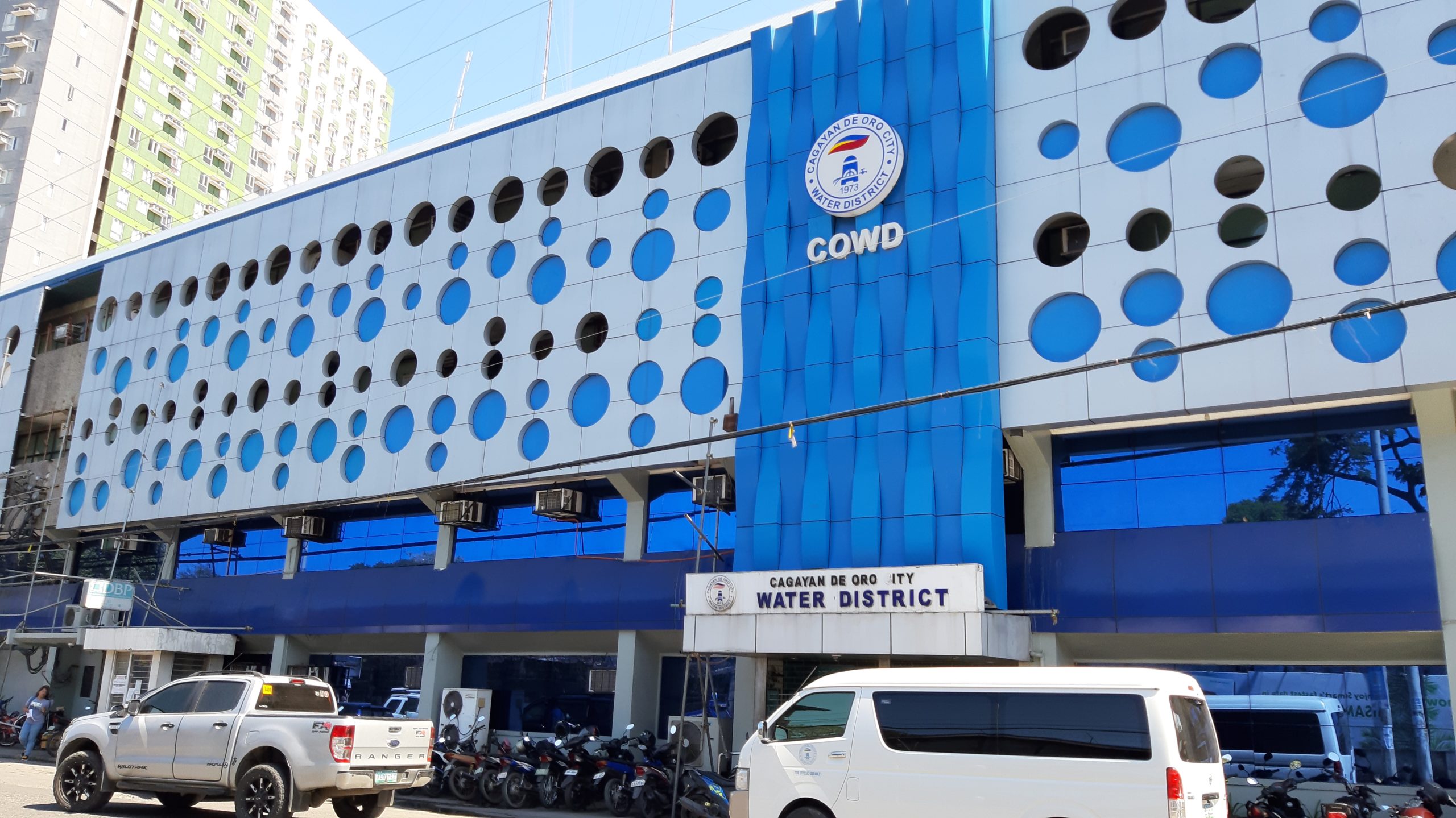By Fr. Leo Pabayo
Conclusion
IT should be noted that after the Resurrection of Jesus, the witnesses to this that are recorded in the gospel were those that were related by Mary Magdalen and the Apostles. But the very first one to experience the risen life of Christ was Our Lady. This was written about by St. Ignatius Loyola in his contemplation of the resurrection of Christ. It should be noted that in his meditation on Christ in the Spiritual Exercises Ignatius always concluded with a threefold colloquy by the retreatant with God the Father, with Jesus and the Blessed Mother.
The Rosary is but an abridged continuation of all these meditations. While the Rosary is meant to be the oral recitations of the Hail Mary’s in the Rosary, it can also be a way of meditatiing and/or contemplating the mysteries being prayed about in the Rosary.
One of the predagogical methods that St. Ignatius of Loyola wrote about for the Jesuit teachers in Jesuit schools is in the phrase “Repetitio est Mater Studiorum” or in English, “Repetition is the mother of learning.” Repetition is the great help for the lessons in class to be remembered and integrated by the learner in whatever he or she learning. This seems to be a universal method used in other learning activities. One way by which this is done in what is called “drills” in what is for example called the multiplication table.
Also when dancers and actors rehearse their parts in a show they give time to learning their parts by practicing this again and again until it becomes a natural part of their person as he or she acts it out to the delight of the viewers or audience.
It should not be less but much more so in religious prayers directed to God and the saints as the audience and viewers. This has a similarity with the “matra” in Eastern religion where a certain sound is repeated so that the one meditating may enter deeply into himself and whatever reality he/she wants to be in touch with. In Christian prayer however, our purpose is to enter into a deep relationship with Christ into the mysteries of his life in the company of the Blessed Mother.
There are various ways of praying the Rosary. The best seems to me to be in pausing and spending some time for meditating a mystery of the Rosary or to hold on to this while reciting the Hail Marys. The other way is to pause after reciting a decade of the Rosary and give time to contemplating the mystery or event of the Mystery being prayed about, like for example, the “Annunciation”, and to savor the spiritual consolation that it offers. If you are pressed for time we can pause and continue it in another time in a day. We can finish the recitation of the prayers of the other Hail Mary’s later on and look forward to another day when we can again spend time in meditating another mystery.
One way of looking at the Rosary therefore is that it is like a bringing together the core mysteries of the acts of redemption by Christ as these are meant as saving grace for all. One mystery for example can open our mind to the deep and broad meaning of the mystery of the Passion of Christ. This gives consolation and peace to our dry and weary soul as we bear the crosses in our own lives.
An example of the depth of meaning underneath the praying of the mysteries of the Rosary is that it helps us better to understand the deep love of Christ for us and our loved ones whose salvation from sin is the reason why Christ decided to live a human life. A meditation of a mystery can open us up to the other happenings in the world in various aspects of people’s lives, whether in personal relationships, social, economic, political and cultural happenings that you read about or hear about in the media thus helping us to see our life in the context of these and seeing what part we can play in the Church’s work of bringing Christ’s message of salvation to the public forum that many Christians are already doing.
An example of this bringing in the public forum would be like participating in prayerful demonstrations to help bring about the lifting of the burden or crosses being carried by the oppressed in our community and the nation. Praying the Rosary is one means by which people can pray to God and to petition to the leaders of the nation to bring about justice in our land. For example, this was done by the faithful in the Edsa peaceful revolution. We were given an example of how the power of prayer can bring about justice to an oppressed people. For this to happen we first needed to learn to pray. Such prayer can bring about the realization of what the Blessed Mother said in her “Magnificat” as we read of it during the feast of the Visitation, the Second of the Joyful Mysteries of the Rosary.
“And Mary said: ‘My soul glorifies the Lord and my spirit rejoices in God my Savior, for he has been mindful of the humble state of his servant.
“‘From now on all generations will call me blessed, for the Mighty One has done great things for me — holy is his name.
“‘His mercy extends to those who fear him, from generation to generation.
“‘He has performed mighty deeds with his arm; he has scattered those who are proud in their inmost thoughts.
“‘He has brought down rulers from their thrones but has lifted up the humble.
“‘He has filled the hungry with good things but has sent the rich away empty.
“‘He has helped his servant Israel, remembering to be merciful to Abraham and his descendants forever, just as he promised our ancestors.’” (Luke 1:46 – 55)
Disclaimer
Mindanao Gold Star Daily holds the copyrights of all articles and photos in perpetuity. Any unauthorized reproduction in any platform, electronic and hardcopy, shall be liable for copyright infringement under the Intellectual Property Rights Law of the Philippines.











